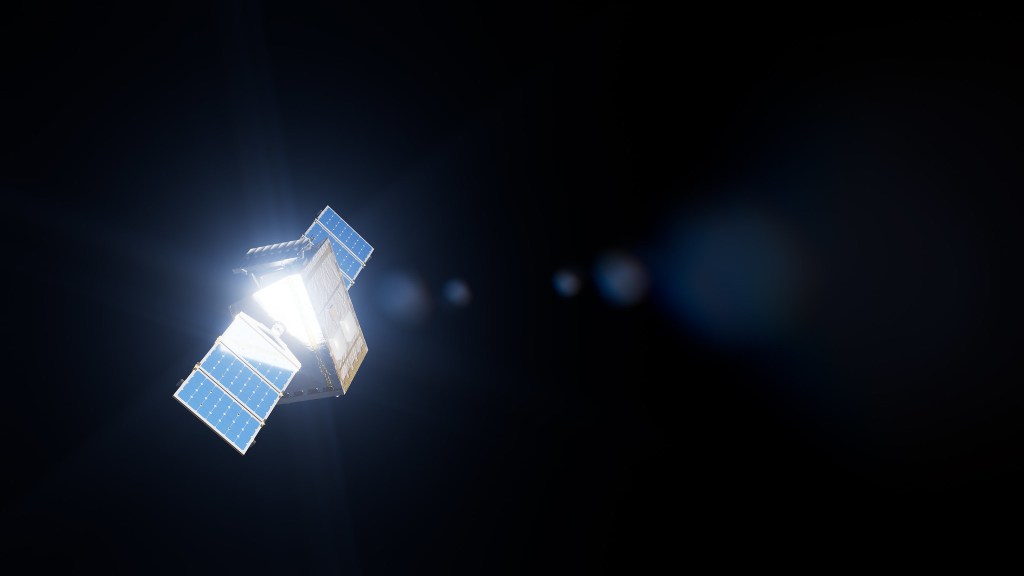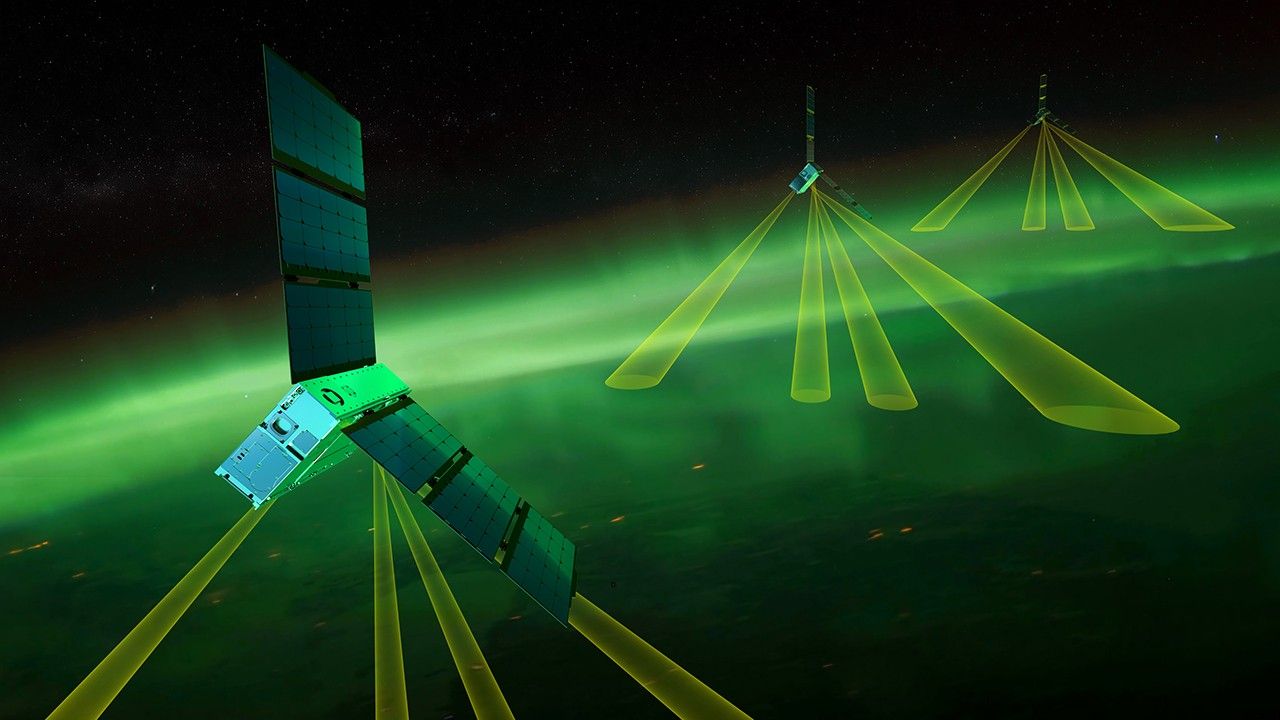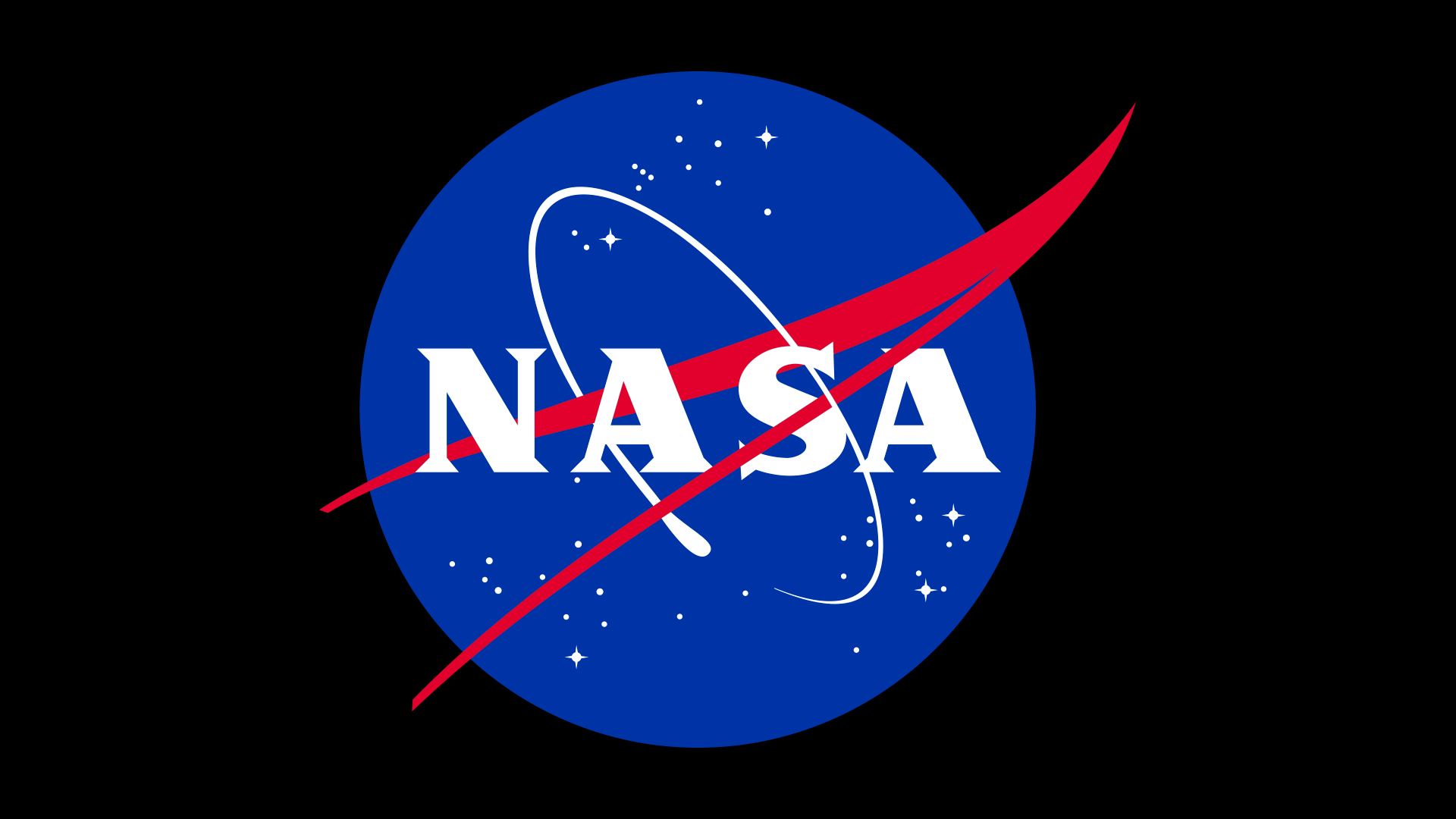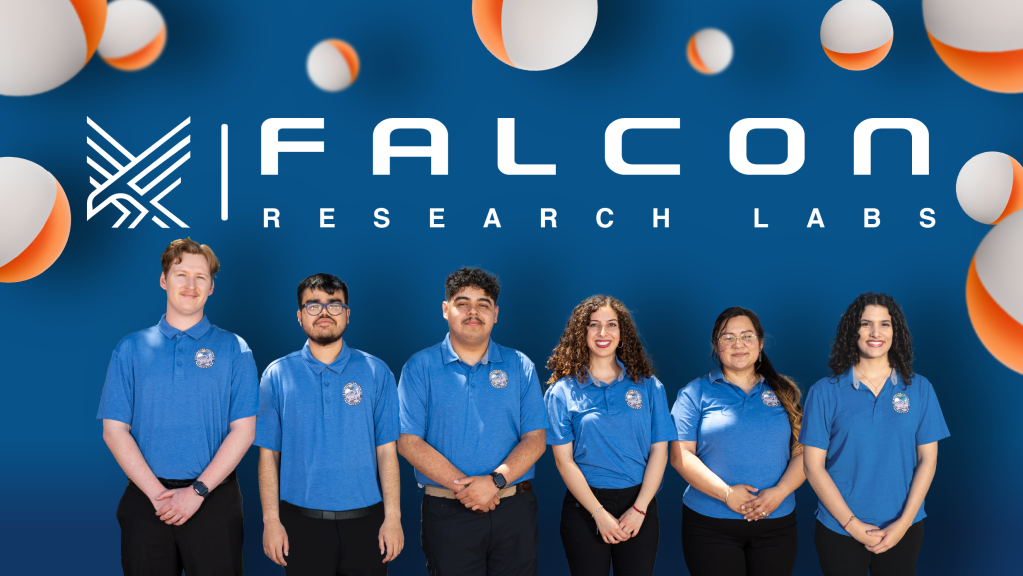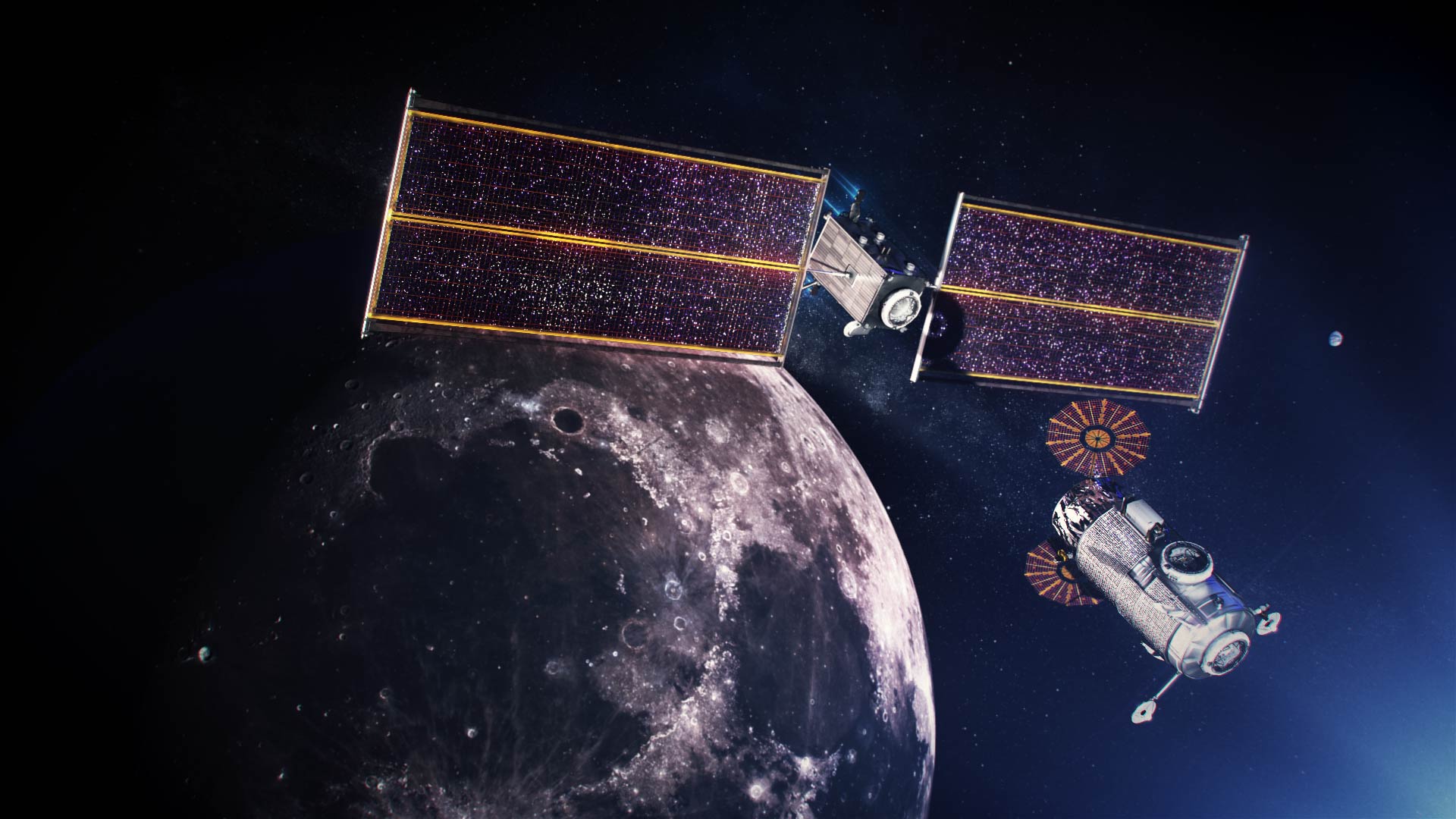NASA, in partnership with the National Space Grant Foundation, has selected six university teams to develop innovative design ideas that will help NASA advance and execute its Moon to Mars exploration objectives.
The selections are a part of the 2022 Moon to Mars eXploration Systems and Habitation (M2M X-Hab) Academic Innovation Challenge, sponsored by NASA’s Advanced Exploration Systems (AES) division. The winning teams will be given monetary awards ranging from $15,000-$50,000 to assist them in designing and producing studies, research findings, or functional products that could advance capabilities and lower technology risks related to NASA’s Moon to Mars space exploration missions.
This year’s winning M2M X-Hab Challenge teams will design, manufacture, assemble, test, and demonstrate functional prototype subsystems and innovations that enable increased functionality for human space exploration missions in the following areas:
- Crew Mobility Systems
- Habitation Systems
- Vehicle Systems
- Foundational Systems
- Robotic Precursor Activities
- Human Spaceflight Architecture Systems (Gateway-focused)
The research efforts will be conducted by multi-disciplinary teams of students during the 2021-2022 academic year and the teams will be led by university faculty members and mentored by NASA technical experts. The 2022 M2M X-Hab Challenge winners along with their project descriptions are listed below:
University of Maryland, College Park
Approaches to Outfitting an Inflatable Habitat
The University of Maryland, College Park team will investigate different approaches to outfitting inflatable space habitats for orbital and planetary surface applications. The team will use its knowledge of space habitat design and space simulation, space robotics, on-orbit structural assembly, and space human factors to inform best practices for designing the inflatable habitat. After adopting an existing inflatable habitat design as a reference, the team will focus on refining the habitat parts, including floor elements, utility wiring, lights and air ducting, placement of equipment, and wiring of systems for functionality. From there, the team will design, build, and test these components or create scaled models for further visualization and testing.
University of Arizona
Sub-Scale Thermally Coupled temperature Swing Adsorption and Compression (TC-TSAC) System Re-Design
The University of Arizona team has access to Biosphere 2, a national earth system science research facility. Inside the facility is a Space Analog for the Moon and Mars (SAM), an hermetically sealed habitat that the team will use to test and redesign a TC-TSAC CO₂ scrubber. SAM mimics an environment as close as possible to that of Mars, without reducing gravity or dropping the temperature to -100°C.
During testing, the TC-TSAC will be operated against a known flow rate of CO₂, as provided by a compressed storage tank and introduced through a gas flow manifold. A CO₂ count will be conducted before, during, and after the test, and then safely repeated with one and four humans in the facility. The tests will be conducted both with and without CO₂ scrubbing to understand the levels of CO₂ in the environment with and without humans present.
Colorado School of Mines
Planetary Resource & In-Situ Material Habitat Outfitting for Space Exploration
The Colorado School of Mines team will choose items to further study from the areas of External Structures/Environmental Protection, Interior Products/Human Goods, and Life Support Systems & Consumables. From their studies, the team will create design drawings that will be produced with novel, in-situ production methods in mind. After collecting feedback on the drawings from industry partners, the team will begin a rapid prototyping campaign, including a scaled, analogue external shielding structure to match the sizing of a lunar inflatable habitat design. Meanwhile, the team will conduct part evaluation, mechanical, and installation testing in both crewed and uncrewed scenarios, including autonomous manufacturing and installation tests within the shielding structure.
Rochester Institute of Technology
Gamification and Performance-Based Monitoring of Sensorimotor Training Activities (GPBA)
The Rochester Institute of Technology team seeks to design and build a gamified training system with minimal equipment that combines interactive games with real-time visual biofeedback for proprioceptive training, performance-based assessment, and sensorimotor conditioning. The GPBA system will integrate gaming activities with real-time physiological measurements and motion capture information. The activities will be designed to assist with maintenance of balance, hand-eye coordination, cognitive functions, and muscle tone. Knowledge gained from the platform could support NASA’s knowledge base about the use of gamification for sensorimotor training activities.
University of Connecticut
UConn Reduced-Gravity Simulator for Field Environments
The undergraduate teams from the University of Connecticut will develop two proof of concept 1/6-G suited prototypes to be applied in field environments. The first design will use weather balloons and drones and associated control and feedback software with a wearable harness. The weather balloon will offset the analog astronaut’s weight, while the drone and sensors will fine-tune responses to movements, produce a lifting force needed to simulate reduced gravity, and keep the balloon hovering above the astronaut. The second design, using the NASA ARGOS concept as a base, will incorporate a mobile platform that moves with the individual, and a counterweight system to simulate reduced gravity.
North Dakota State University
NDSU Power Rover
During the 2020-2021 academic year, North Dakota State University (NDSU) students completed a rover designed to move and compact Martian or Lunar soil to begin the construction of extraterrestrial habitats. While NASA mentors reviewed the rover design, they questioned how the rover would charge. As NASA looks to building habitats on the Moon and Mars, the use of unmanned rovers will be significant. On every construction site, the presence of dust and limited daylight hours will hinder a rover’s ability to charge using solar power.
This year’s NDSU team is left with the question: what if there were a charging rover that traveled to locations with ideal power collection/generation conditions, and then returned to worksites to deliver power to the working rovers? This charging rover could also travel to rovers in critically low power situations, saving time spent in survival mode.
The 2022 M2M X-Hab Challenge supports NASA’s Artemis objectives of landing the first woman and the first person of color on the Moon and building a long-term presence on and around the Moon, where the agency will test the capabilities and gain the experiences needed to send the first humans on a roundtrip to Mars. The ideas, approaches, and designs that the university students develop and submit are leveraged—either in part or completely—by NASA to help improve existing technologies or influence the design of new ones. The NASA mentors and competition judges are technical experts that work on a variety of NASA engineering teams such as NASA’s Space Launch System rocket, Orion spacecraft, Human Landing System, and the Gateway, and use the teams’ concepts to help address existing challenges or build upon them for use in future deep space exploration plans.
For more information about X-HAB, visit: https://www.nasa.gov/exploration/technology/deep_space_habitat/xhab












